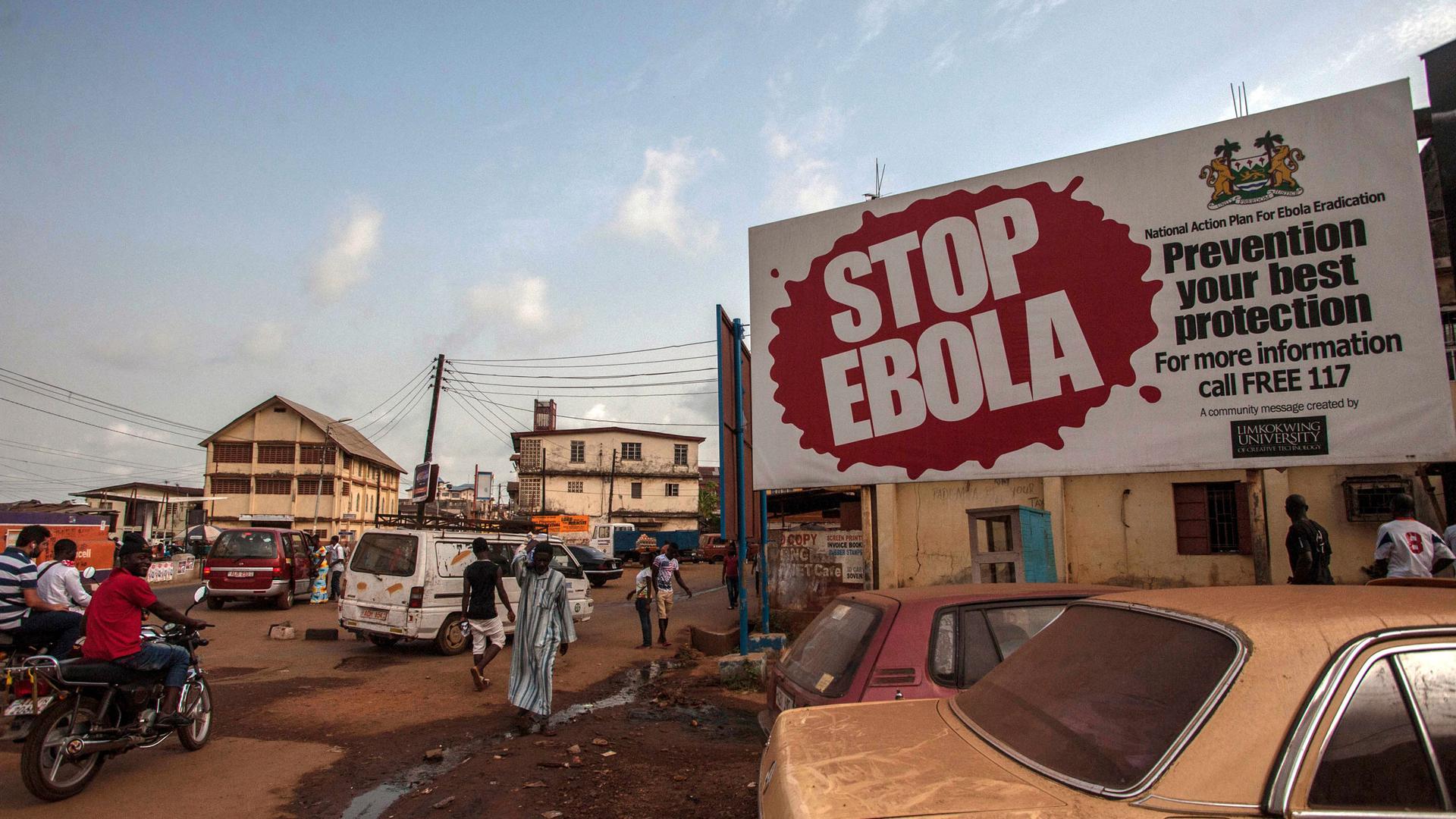How do ‘whole-of-government’ programs actually work? Part II
This analysis was featured in Critical State, a weekly foreign policy newsletter from Inkstick Media. Subscribe here.
Last week, we examined research on how members of the US-led coalition in Afghanistan interpreted the idea of “whole-of-government” counterinsurgency in that war. This week, we’ll look at what the obsession with WOG approaches in the US wars of the mid-aughts has wrought in modern public policy: An insistence on utilizing WOG approaches for all kinds of problems.
Related: How do ‘whole-of-government’ programs actually work? Part I
In an article in the journal Development and Practice, US Agency for International Development (USAID) official Megan Rhodes and global health researcher Samuel Boland take a meta look at a recent episode in the US government’s ongoing quest to use its whole self. During the Ebola outbreak in West Africa, the US pledged assistance from a range of agencies to help local governments contain and treat the disease. The agencies would work together, coordinating to offer a “whole-of-government” response to the challenge of Ebola. The international effort to counter Ebola was a success, preventing a catastrophic outbreak and providing hope — soon to be dashed — that international public health cooperation would be a major feature of 21st century international relations. But was it really an example of a successful WOG effort?
Rhodes and Boland examine that question by reading the reports that all the agencies involved in the WOG anti-Ebola campaign produced to grade their own performance. Focusing on reports from the Defense Department, the Department of Health and Human Services, USAID, and the USAID inspector general, they mined the reports and their recommendations for any sort of broad-based (“whole-of-government,” even) agreement about what went right and what could be improved.
Of course, the fact that each agency has its own report is itself indicative of the trouble with the concept of WOG efforts. As Rhodes and Boland write, “a publicly available, comprehensive review of the [US government’s] ‘whole of government’ response which synthesizes common recommendations and deconflicts differing proposals about the best way forward would represent enormous value,” but none exists. Instead, each agency participating in a style of policy implementation that is supposed to be defined by close cooperation between agencies graded itself on how well it cooperated with others. Though the Ebola effort may have had the characteristics of a WOG program, the reality is that executive structure in the US remains stubbornly separated into parts of government. Indeed, the authors note, “no major relevant institutional reforms of interagency work across DOD, HHS, or USAID have occurred following the West Africa Ebola Epidemic.”
Keeping that in mind, it is instructive to look at what all the relevant agencies said they wished they had done to make WOG work more effective. All the reports agreed that work is needed to make clear which agency is responsible for what in WOG operations, due to the duplication of effort and lack of clarity that marks the beginnings of cooperation between agencies that are normally separate. The reports also all agreed that data sharing is crucial, and that the arduous process of un-siloing data is a major drag on creating effective cooperation. Most of the reports also noted cultural and communications mismatches between agencies, noting that different agencies often have difficulty sharing plans or observations because the language they use for each is so varied.
Rhodes and Boland rate the fixes for each of these issues as being technically and logistically doable — even easy in many cases. Yet the fixes, like the overall report on WOG cooperation on Ebola, have not come to pass. The reason for this might be found in last week’s Deep Dive. In that article, Maya Dafinova argued that national politics was the major determinant of commitment to WOG approaches. With political will for interagency cooperation likely to vary, agencies move to protect their resources and reputations rather than restructure to maximize interoperability with others.
Critical State is your weekly fix of foreign policy without all the stuff you don’t need. It’s top news and accessible analysis for those who want an inside take without all the insider bs. Subscribe here.
